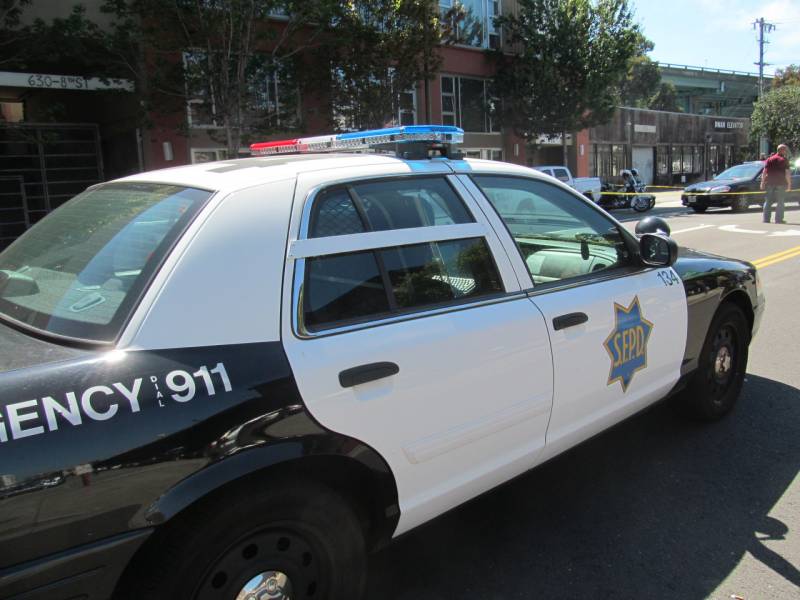San Francisco Police Department officers will stop responding to non-criminal activities such as disputes between neighbors, reports about homeless people and school discipline interventions as part of a police reform plan the mayor announced Thursday.
Mayor London Breed said in a news release that regarding calls that don’t involve a threat to public safety, officers would be replaced by trained, unarmed professionals to limit unnecessary confrontation between the police department and the community.
“We know that a lack of equity in our society overall leads to a lot of the problems that police are being asked to solve,” she said in the release. “We are going to keep going with these additional reforms and continuing to find ways to reinvest in communities that have historically been underserved and harmed by systemic racism.”
As part of the new police reforms, the city will also strengthen its accountability policies, ban the use of military-grade weapons and divert funding to the African American community, which comprises less than 6% of San Francisco’s population but nearly 50% of those involved in the criminal justice system, Breed said.
It could not be immediately determined how much time and resources the San Francisco Police Department spends responding to non-criminal calls. But a 2016 report from the Budget and Legislative Analyst’s Office estimated that the city incurred nearly $21 million in 2015 to enforce quality of life laws against homeless residents. Police accounted for more than 90% of the costs and responded to more than 60,000 incidents from January to November 2015.

